Home>Garden Essentials>How To Clean A Synthetic Grass Tennis Court
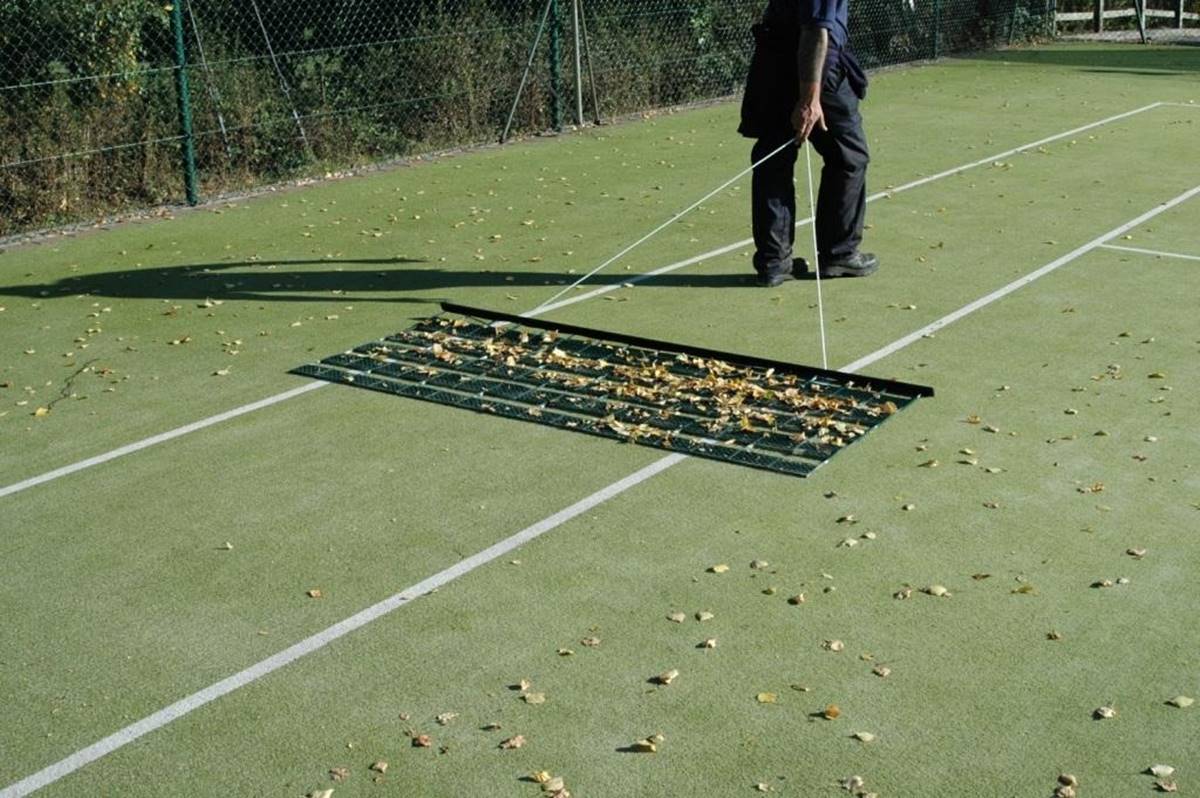

Garden Essentials
How To Clean A Synthetic Grass Tennis Court
Modified: March 7, 2024
Learn how to efficiently clean and maintain your synthetic grass tennis court in your garden. Ensure its longevity and playability with these expert tips and tricks.
(Many of the links in this article redirect to a specific reviewed product. Your purchase of these products through affiliate links helps to generate commission for Storables.com, at no extra cost. Learn more)
Introduction
Welcome to the exciting world of tennis! If you are a proud owner of a synthetic grass tennis court, then you are well aware of the benefits and enjoyment it brings. Synthetic grass courts offer a low-maintenance alternative to traditional clay or grass courts, providing excellent playability and durability.
However, like any outdoor surface, synthetic grass tennis courts require regular cleaning and maintenance to ensure optimal performance and longevity. Whether you have just installed a new court or have an existing one in need of a clean-up, this comprehensive guide will walk you through the steps to keep your synthetic grass court in pristine condition.
Regular cleaning of your synthetic grass tennis court is essential for several reasons. Firstly, it helps to maintain the court’s appearance, ensuring that it looks neat, clean, and inviting. A well-maintained court adds value to your property and enhances the overall aesthetics of your tennis facility.
Secondly, cleaning removes accumulated debris, leaves, and dirt from the surface, which can affect ball bounce and player movement. By keeping your court clear of debris, you promote a safe playing environment and reduce the risk of unnecessary injuries.
Lastly, cleaning helps to preserve the integrity and performance of the synthetic grass fibers. Over time, dirt and grime can become embedded in the surface, causing the fibers to become matted and compacted. By regularly cleaning the court, you restore the resilience and softness of the grass, providing a consistent playing surface for years to come.
Now that we understand the importance of cleaning a synthetic grass tennis court, let’s gather the necessary supplies and get started on transforming your court into a spotless playing paradise.
Key Takeaways:
- Regularly cleaning your synthetic grass tennis court is essential for preserving its appearance, improving player safety, and extending its lifespan. It also contributes to a positive impression and enjoyable playing experience.
- By following the comprehensive guide and dedicating time to maintenance, you can ensure your synthetic grass tennis court remains in top condition, providing many years of safe and enjoyable play.
Read more: How Are Grass Tennis Courts Made
Importance of Cleaning Synthetic Grass Tennis Courts
Cleaning your synthetic grass tennis court is not just a matter of aesthetics; it is essential for maintaining the longevity and performance of the court. Here are a few reasons why regular cleaning is crucial:
- Preserves the appearance: A clean court enhances the overall look of your tennis facility. It creates a positive impression, whether you are playing casually with friends or hosting a professional tournament. Regular cleaning removes dirt, leaves, and stains, keeping your court looking fresh and inviting.
- Improves player safety: Accumulated debris on the court can be hazardous for players. Leaves, branches, or other objects can cause slips, trips, or falls, leading to injuries. Regular cleaning eliminates these hazards and provides a safer playing surface for everyone.
- Enhances playability: Dirty and neglected courts can affect the performance of players. Dirt and grime can make the surface uneven, affecting ball bounce and player movement. By cleaning the court, you ensure a smooth and consistent playing surface, allowing for a better and more enjoyable game.
- Prevents fungal growth: Synthetic grass tennis courts can be susceptible to fungal growth if not properly maintained. Moisture and lack of sunlight can create an ideal environment for mold and mildew. Regular cleaning and proper drainage prevent the growth of fungus, preserving the integrity of the court.
- Extends the lifespan: A clean court lasts longer. Dirt, debris, and algae can damage the synthetic grass fibers over time, leading to wear and tear. By regularly cleaning the court, you remove these harmful substances and extend the lifespan of your investment, saving you money in the long run.
Overall, cleaning your synthetic grass tennis court is a necessary maintenance task that ensures the court’s longevity, performance, and safety. By dedicating regular time to clean your court, you create a welcoming and enjoyable playing environment for yourself, your friends, and any tennis enthusiasts who visit your facility.
Supplies Needed for Cleaning
Cleaning your synthetic grass tennis court requires the right tools and supplies. Here is a list of items you will need:
- Broom or brush: A sturdy broom or brush with stiff bristles is essential for removing debris and loosening dirt from the surface of the court. Look for a broom or brush specifically designed for synthetic grass to avoid damaging the fibers.
- Leaf blower: A leaf blower is a handy tool for quickly removing leaves, twigs, and loose debris from the court. It provides a more efficient way of cleaning larger areas and can save you time and effort.
- Power washer: While not necessary for regular maintenance, a power washer can be helpful for deep cleaning your synthetic grass tennis court, especially if there are stubborn stains or embedded dirt. Make sure to use a pressure setting suitable for synthetic grass to avoid damaging the court surface.
- Mild detergent: Select a mild detergent that is suitable for use on synthetic grass. Avoid using harsh chemicals or bleach, as they can damage the fibers. Dilute the detergent according to the manufacturer’s instructions.
- Stain remover: For tougher stains like grease or oil, a specialized stain remover may be necessary. Look for a product specifically designed for synthetic grass and follow the instructions for proper use.
- Water hose: A water hose with a spray attachment is needed for rinsing and watering the court. Make sure you have enough length to reach all areas of the court.
- Sand infill: Synthetic grass tennis courts often require sand infill to maintain stability and help with ball bounce. Check with your court manufacturer or installer for the appropriate type and amount of sand infill required.
- Tennis court squeegee: A tennis court squeegee can be helpful for removing excess water after washing or rinsing the court. It helps in ensuring a quicker drying time and prevents water from pooling on the surface.
- Protective gloves and eyewear: It is important to prioritize safety while cleaning your tennis court. Wear protective gloves and eyewear to avoid any potential hazards or irritation from cleaning solutions.
By having these supplies ready, you will be well-equipped to effectively clean and maintain your synthetic grass tennis court. Now that we have all the necessary tools, let’s move on to the step-by-step guide on how to clean your court and keep it in pristine condition.
Step-by-Step Guide for Cleaning a Synthetic Grass Tennis Court
Now that you have gathered the necessary supplies, let’s dive into the step-by-step process for cleaning your synthetic grass tennis court:
- Remove debris and dirt from the surface: Start by using a leaf blower or broom to remove leaves, twigs, and any loose debris from the court. Be thorough in covering the entire surface, including the corners and edges. Dispose of the debris in a suitable manner.
- Treat and remove stains: Inspect the court for any stains or marks. For basic stains, a mixture of water and mild detergent should suffice. Apply the solution to the stain and gently scrub with a brush or broom. For tougher stains like grease or oil, use a specialized stain remover as per the manufacturer’s instructions.
- Brush and spread sand infill: Use a broom or brush designed for synthetic grass to brush the court in different directions. This action helps to restore the fibers and evenly distribute the sand infill. Pay particular attention to areas that receive heavy foot traffic.
- Rinse and water the court: Using a water hose with a spray attachment, thoroughly rinse the court to remove any remaining detergent or cleaning solution. Be sure to rinse all areas, including corners and edges. Once rinsed, water the court to ensure it is properly hydrated and ready for play.
- Maintain the court’s cleanliness: Regular maintenance is key to keeping your synthetic grass tennis court in top condition. Sweep or use a leaf blower to remove debris on a weekly basis. Address any new stains promptly and follow the cleaning steps mentioned above. Additionally, consider scheduling a deep cleaning every few months or as needed.
By following these steps, you will be able to effectively clean your synthetic grass tennis court and keep it looking and performing its best. Remember to wear protective gloves and eyewear during the cleaning process and always refer to the manufacturer’s guidelines for any specific maintenance recommendations.
Enjoy the pristine and safe playing surface of your synthetic grass tennis court as you continue to hone your tennis skills and have a fantastic time!
Removing Debris and Dirt from the Surface
A clean and debris-free surface is essential for maintaining the appearance and playability of your synthetic grass tennis court. Here is a detailed step-by-step guide on how to effectively remove debris and dirt from the surface:
- Clear the court: Start by removing any large objects, such as branches or stones, from the court. Dispose of them properly to avoid any potential tripping hazards.
- Use a leaf blower: Utilize a leaf blower to gently blow away leaves, twigs, and smaller debris. Begin at one end of the court and work your way across, making sure to cover the entire surface, including corners and edges. Pay special attention to areas around trees or plants where debris tends to accumulate.
- Brush the surface: Once the larger debris has been cleared, use a broom or brush specifically designed for synthetic grass to brush the surface. Work in deliberate strokes, moving in different directions to lift any dirt or debris that may be embedded in the grass fibers. Focus on high-traffic areas, such as the baseline or areas around the net.
- Remove stubborn dirt: For any stubborn dirt or stains, sprinkle a small amount of mild detergent diluted in water onto the affected area. Gently scrub the spot using a soft-bristle brush. Avoid using excessive force or harsh chemicals, as this can damage the synthetic grass fibers.
- Rinse the court: After brushing and spot cleaning, thoroughly rinse the court with a water hose or pressure washer. Start from one end and work your way across, ensuring that all areas receive equal amounts of water. This step helps to wash away any remaining dirt or detergent residue from the surface.
- Avoid puddles: As you rinse the court, be mindful of removing excess water to prevent puddles from forming. Use a tennis court squeegee to remove the excess water, directing it towards the drain or off the court. This will facilitate quicker drying and prevent water damage to the synthetic grass.
By following these steps, you can effectively remove debris and dirt from the surface of your synthetic grass tennis court. Regular maintenance and cleaning will help maintain the court’s appearance, performance, and longevity, providing you with a safe and enjoyable playing experience.
Regularly sweep or use a leaf blower to remove debris from the synthetic grass tennis court. Use a mild detergent and water to spot clean any stains, and rinse thoroughly with water. Avoid using harsh chemicals or high-pressure washers to prevent damage to the surface.
Read more: How To Make A Grass Tennis Court
Treating and Removing Stains
Stains on your synthetic grass tennis court can be unsightly and affect both the appearance and playability of the surface. Here are some steps to effectively treat and remove stains:
- Identify the stain: Before attempting to clean the stain, it’s important to identify the type of stain you’re dealing with. Common stains on a tennis court may include grass stains, dirt stains, or even food and beverage spills.
- Create a cleaning solution: For most stains, a mixture of mild detergent and water will suffice. Dilute the detergent according to the manufacturer’s instructions. If you’re dealing with a more stubborn stain, such as grease or oil, you may need a specialized stain remover designed for synthetic grass.
- Pre-treat the stain: Apply a small amount of the cleaning solution directly onto the stain. Use a soft-bristle brush to gently scrub the area, working the solution into the stain. Allow the cleaning solution to sit for a few minutes to penetrate the stain and loosen it.
- Gently blot or rinse the stain: Once the cleaning solution has had time to work, use a clean cloth or sponge to blot the stain. Blotting helps to absorb the stain and lift it from the surface of the synthetic grass. For more stubborn stains, you may need to rinse the area with water and repeat the process.
- Avoid abrasive materials: When treating stains on synthetic grass, it’s important to use gentle cleaning methods. Avoid using abrasive materials, wire brushes, or harsh chemicals, as they can damage the grass fibers and alter the appearance of the court.
- Rinse the area: After treating the stain, thoroughly rinse the area with clean water. This helps to remove any remaining cleaning solution and ensure that the stain has been completely lifted from the surface. Be sure to rinse the area well, extending beyond the immediate stain, to maintain a uniform appearance.
- Repeat if necessary: Some stubborn stains may require multiple attempts to completely remove them. If the stain persists after the initial cleaning, repeat the process until the stain is minimized or eradicated.
By following these steps and promptly treating stains, you can keep your synthetic grass tennis court looking clean and professional. Regular maintenance and immediate attention to stains help preserve the court’s appearance, ensuring it remains a visually appealing and enjoyable place to play tennis.
Brushing and Spreading Sand Infill
Brushing and spreading sand infill is an essential step in maintaining the performance and longevity of your synthetic grass tennis court. Here’s a step-by-step guide on how to properly brush and spread sand infill:
- Start with a clean court: Before applying sand infill, ensure that the court is free from debris and dirt. Use a leaf blower or broom to remove any loose materials from the surface.
- Check for evenness: Inspect the court to identify any areas that may require additional sand infill. Look for areas that appear flattened or compressed due to heavy foot traffic.
- Choose the right sand infill: Consult with your court manufacturer or installer to determine the appropriate type and amount of sand infill for your specific court. The sand infill should be specifically designed for synthetic grass and meet the recommended specifications.
- Ensure dry conditions: It’s crucial to apply sand infill to a dry court. Avoid spreading sand infill on a damp or wet surface, as this can affect the distribution and effectiveness of the infill.
- Start spreading sand infill: Begin at one end of the court and work your way across, spreading the sand infill evenly as you go. Use a shovel or a spreader tool designed for sand to achieve an even distribution. Pay special attention to high-traffic areas, such as the baseline, where more sand infill may be needed.
- Brush the surface: Once the sand infill is spread across the court, use a broom or brush designed for synthetic grass to brush the surface. This action helps to evenly distribute the sand infill and restore the grass fibers’ resilience. Brush the surface in different directions to ensure thorough coverage.
- Inspect and adjust: After brushing, inspect the court to ensure that the sand infill is evenly distributed and the surface appears consistent. If you notice any areas with excess or insufficient sand infill, make the necessary adjustments by adding or removing sand as needed.
- Repeat regularly: The sand infill may settle over time due to player activity and weather conditions. It’s important to regularly repeat the brushing and sand infill process, especially in high-traffic areas, to maintain optimal performance.
By following these steps and regularly brushing and spreading sand infill, you can rejuvenate and maintain the condition of your synthetic grass tennis court. Properly distributed sand infill helps to stabilize the surface, improve ball bounce, and extend the lifespan of the court, ensuring many enjoyable games of tennis in the years to come.
Rinsing and Watering the Court
Rinsing and watering your synthetic grass tennis court is an important step in maintaining its cleanliness, performance, and overall health. Here’s a step-by-step guide on how to effectively rinse and water your court:
- Prepare the water hose: Make sure you have a water hose with a spray attachment that is long enough to reach all areas of the court. Ensure there is sufficient water pressure for effective rinsing.
- Remove debris: Before starting the rinsing process, clear any visible debris or loose material from the court. Use a leaf blower or broom to sweep away leaves, twigs, and other debris.
- Begin rinsing: Start at one end of the court and work your way across, using the spray attachment on the water hose to evenly distribute water. Ensure you cover the entire surface, including the corners and edges of the court.
- Pay attention to problem areas: Focus on areas with visible stains, dirt buildup, or heavy foot traffic. Spend extra time rinsing and directing water flow to these areas to ensure thorough cleaning.
- Avoid excessive water: While it is necessary to thoroughly rinse the court, be mindful of excessive water that can form puddles. Use a tennis court squeegee or broom to remove any excess water and prevent water accumulation.
- Water the court: After rinsing, it is important to water the court to maintain its hydration and prevent excessive heat buildup. Use a controlled spray or sprinkler system to evenly water the entire surface of the court. The frequency and duration of watering may vary depending on weather conditions and court usage.
- Monitor drainage: Check the court’s drainage system regularly to ensure proper functionality. Clear any blockages or debris that may hinder efficient water drainage from the court.
- Follow manufacturer’s recommendations: Always refer to the specific maintenance guidelines provided by the court manufacturer or installer. They may have additional recommendations based on the specific type of synthetic grass used for your tennis court.
By following these steps and incorporating regular rinsing and watering into your court maintenance routine, you can keep your synthetic grass tennis court clean, fresh, and well-hydrated. Proper rinsing and watering help remove debris, maintain the court’s appearance, prevent heat buildup, and ensure a safe and enjoyable playing surface for your tennis games.
Maintaining the Court’s Cleanliness
Maintaining the cleanliness of your synthetic grass tennis court is an ongoing process that ensures its longevity, performance, and overall appeal. Here are some key tips to help you keep your court clean and in top condition:
- Sweep or use a leaf blower: Regularly sweep the court or use a leaf blower to remove leaves, twigs, and other loose debris. Aim to do this at least once a week or more frequently during times of heavy foliage or inclement weather.
- Address spills and stains promptly: Accidental spills, such as food or beverages, can leave stains on the court if not promptly addressed. Clean up spills immediately using a mild detergent and water or consult appropriate stain removal procedures for synthetic grass.
- Regularly inspect for signs of damage: Perform regular inspections of the court surface to identify any signs of damage, such as tears, loose seams, or worn-out areas. Addressing these issues promptly will prevent further damage and ensure the court remains in good condition.
- Trim surrounding vegetation: Keep any vegetation surrounding the court well-trimmed. Overhanging branches or shrubs can shed leaves and debris onto the court, increasing the amount of cleaning required.
- Properly maintain court drainage: Ensure that the court’s drainage system is functioning optimally. Remove any debris or blockages that may hinder water from draining off the court effectively.
- Regularly perform maintenance tasks: Beyond regular cleaning, schedule routine maintenance tasks such as brushing the court, spreading sand infill, and watering as per the manufacturer’s recommendations. These tasks help restore the court’s resilience and ensure optimal playing conditions.
- Protect the court during non-use: If your court will not be in use for an extended period, consider covering it with a protective tarp or breathable cover to prevent debris accumulation and minimize exposure to harsh weather conditions.
- Seek professional assistance if needed: If you encounter any significant damage or issues that you are unable to handle on your own, don’t hesitate to seek professional assistance. Certified court maintenance experts can provide specialized care and ensure the longevity of your synthetic grass court.
Maintaining the cleanliness of your synthetic grass tennis court is a commitment that pays off in the form of a visually appealing, safe, and enjoyable playing surface. By incorporating these maintenance practices into your routine and staying proactive, you will ensure that your court remains in top shape for many years of tennis enjoyment.
Read more: How Do Grass Tennis Courts Work
Conclusion
Congratulations! You’ve learned the essential steps and techniques for cleaning and maintaining a synthetic grass tennis court. By following this comprehensive guide, you can enjoy a clean, safe, and visually appealing playing surface that enhances your tennis experience.
Regularly cleaning your synthetic grass court is vital for preserving its appearance, improving player safety, and extending its lifespan. Removing debris and dirt, treating stains, brushing and spreading sand infill, and rinsing and watering the court are all integral parts of the maintenance process.
Remember to use the right tools and supplies, follow the manufacturer’s guidelines, and address issues promptly to keep your court in top condition. By dedicating time and effort to the maintenance of your synthetic grass tennis court, you will ensure its longevity and maximize its performance for years to come.
Additionally, proactive maintenance will save you money in the long run by preventing costly repairs and replacements. It also contributes to a positive impression, whether you are playing casually with friends or hosting professional tournaments at your facility.
Lastly, don’t forget to enjoy your time on the court! With a properly maintained synthetic grass surface, you can focus on improving your tennis skills, playing your best game, and having a fantastic time with fellow tennis enthusiasts.
Now, it’s time to gather your supplies, roll up your sleeves, and get to work. Clean, maintain, and love your synthetic grass tennis court – it will reward you with many unforgettable matches and memories!
Frequently Asked Questions about How To Clean A Synthetic Grass Tennis Court
Was this page helpful?
At Storables.com, we guarantee accurate and reliable information. Our content, validated by Expert Board Contributors, is crafted following stringent Editorial Policies. We're committed to providing you with well-researched, expert-backed insights for all your informational needs.
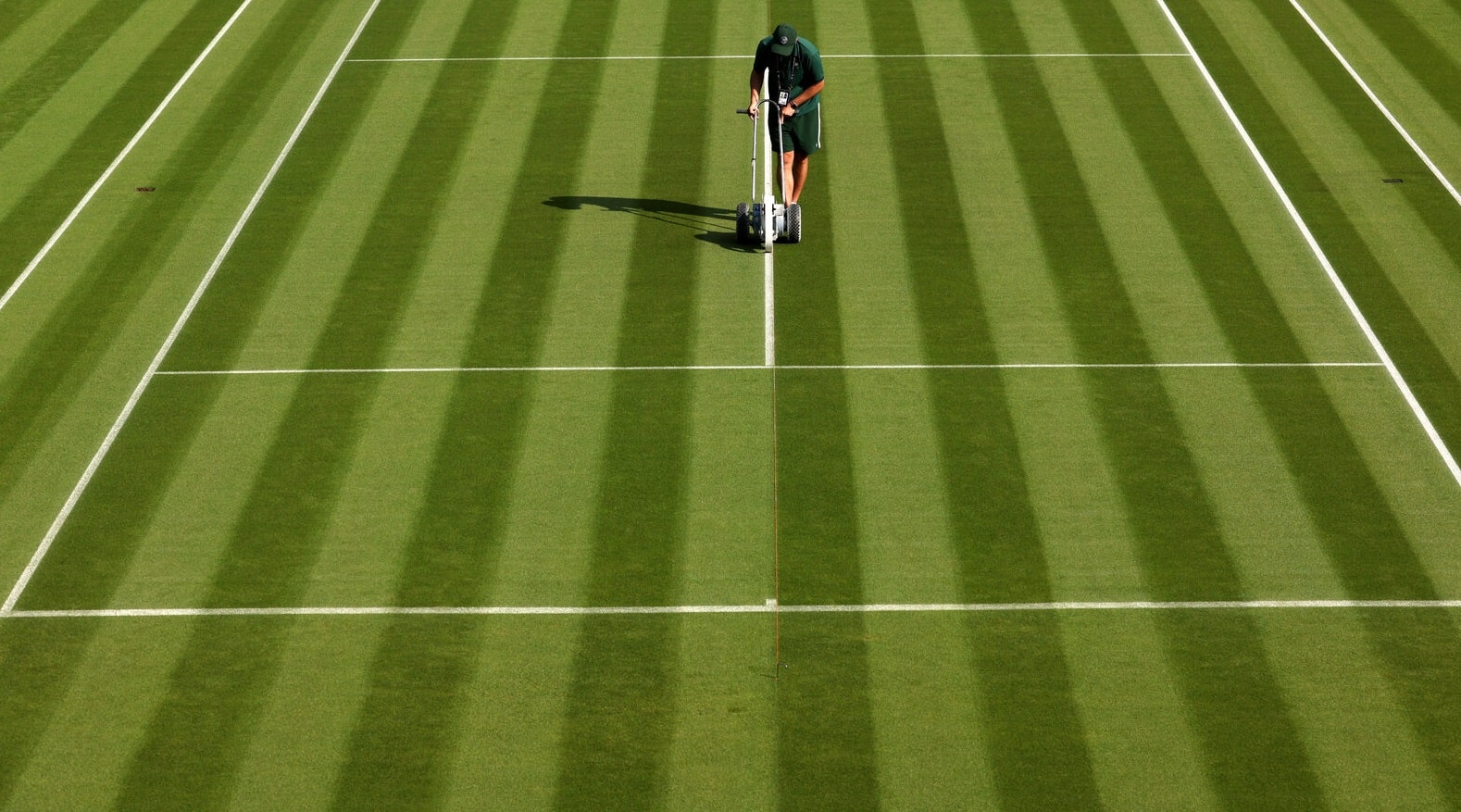
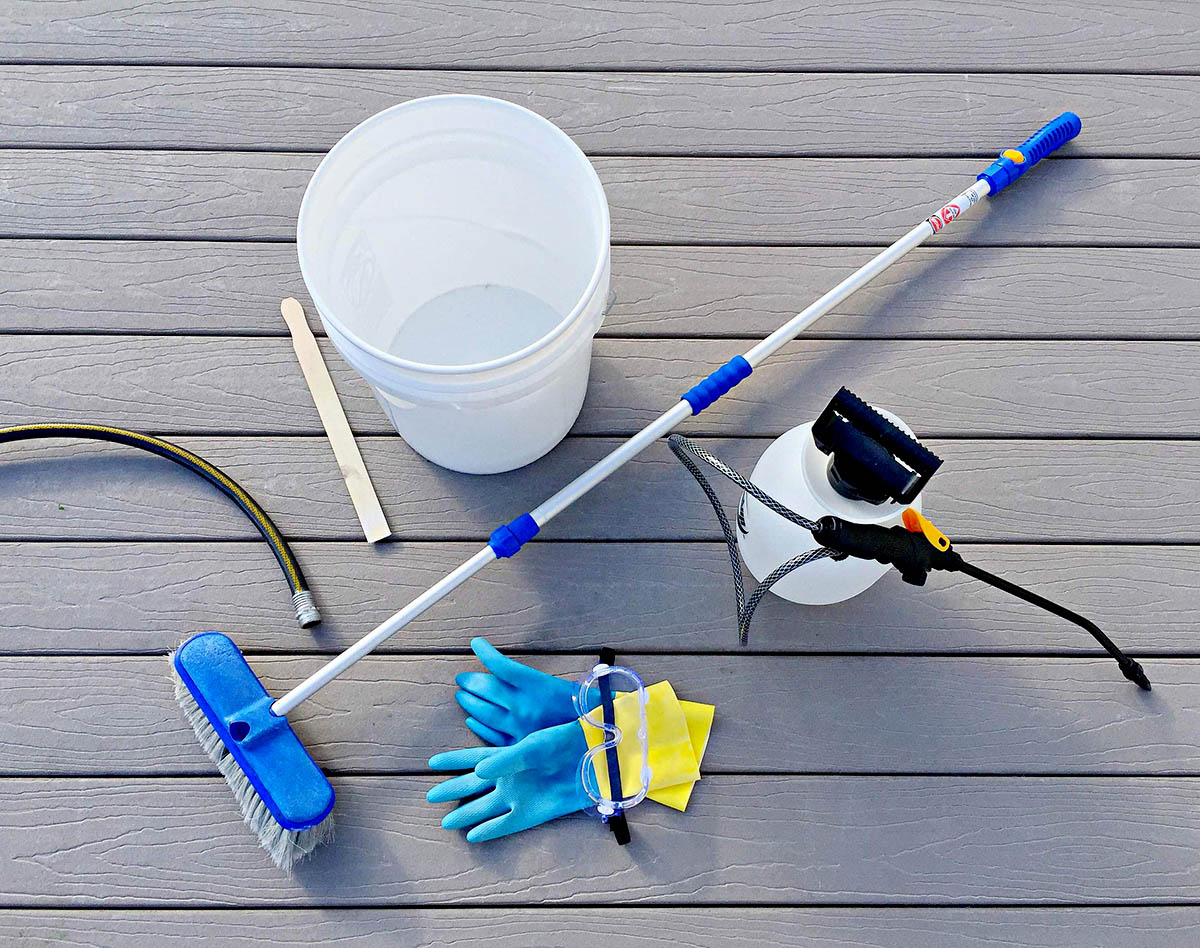
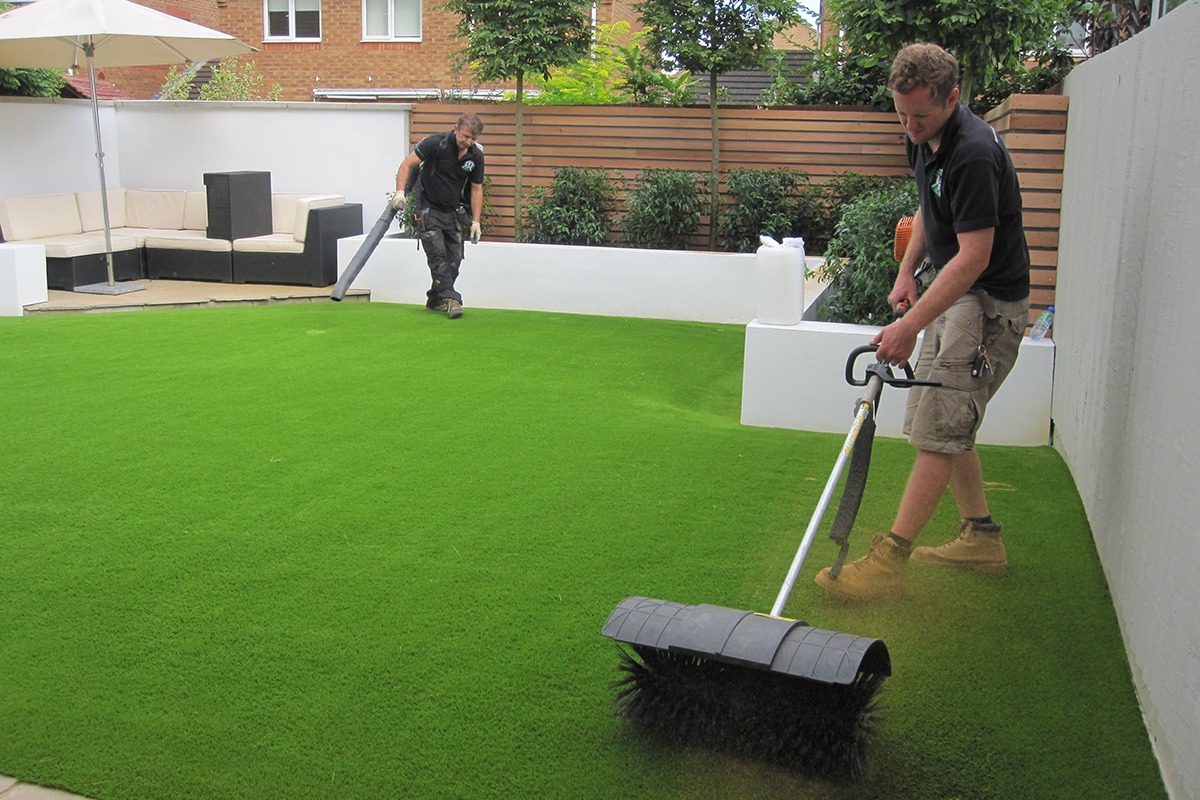
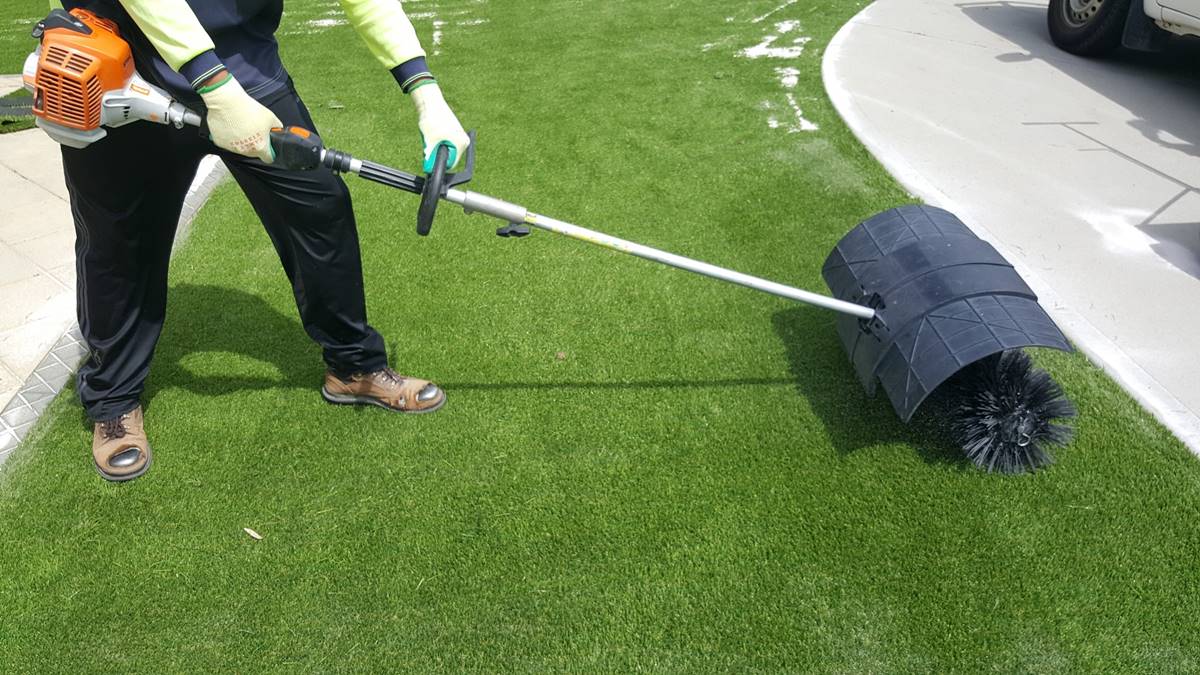
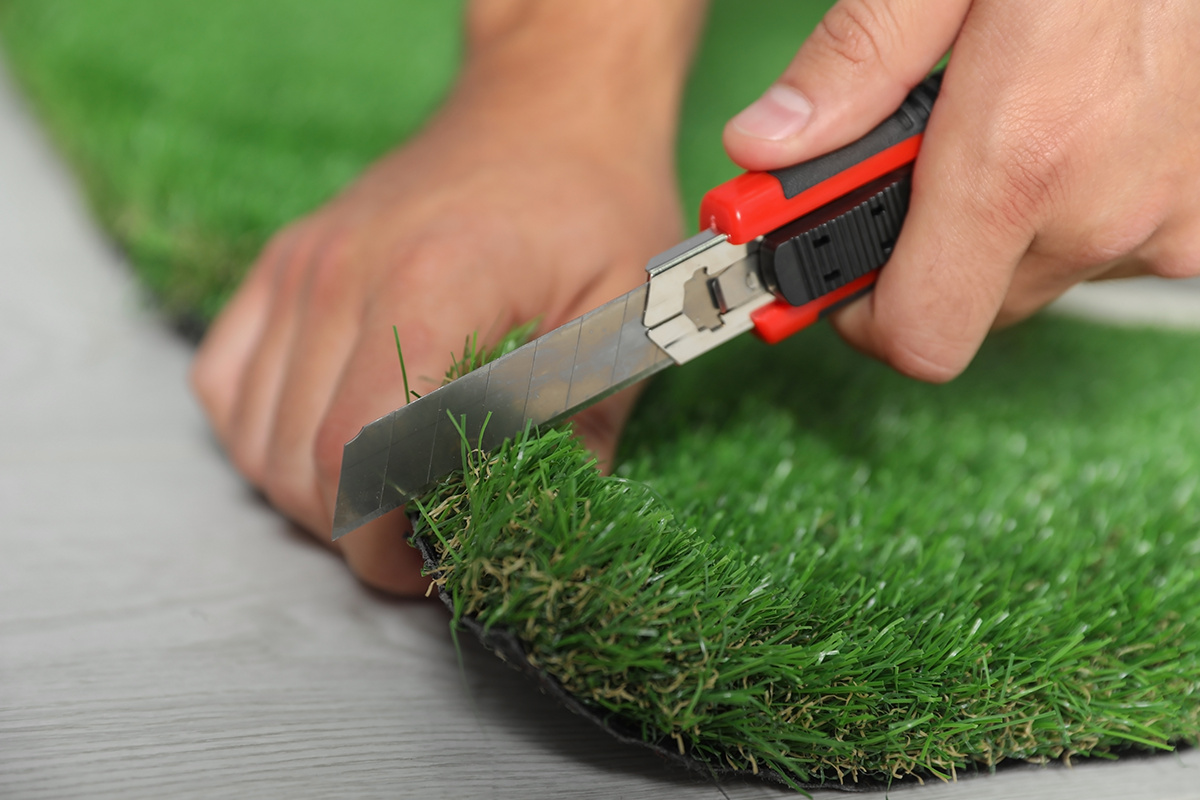
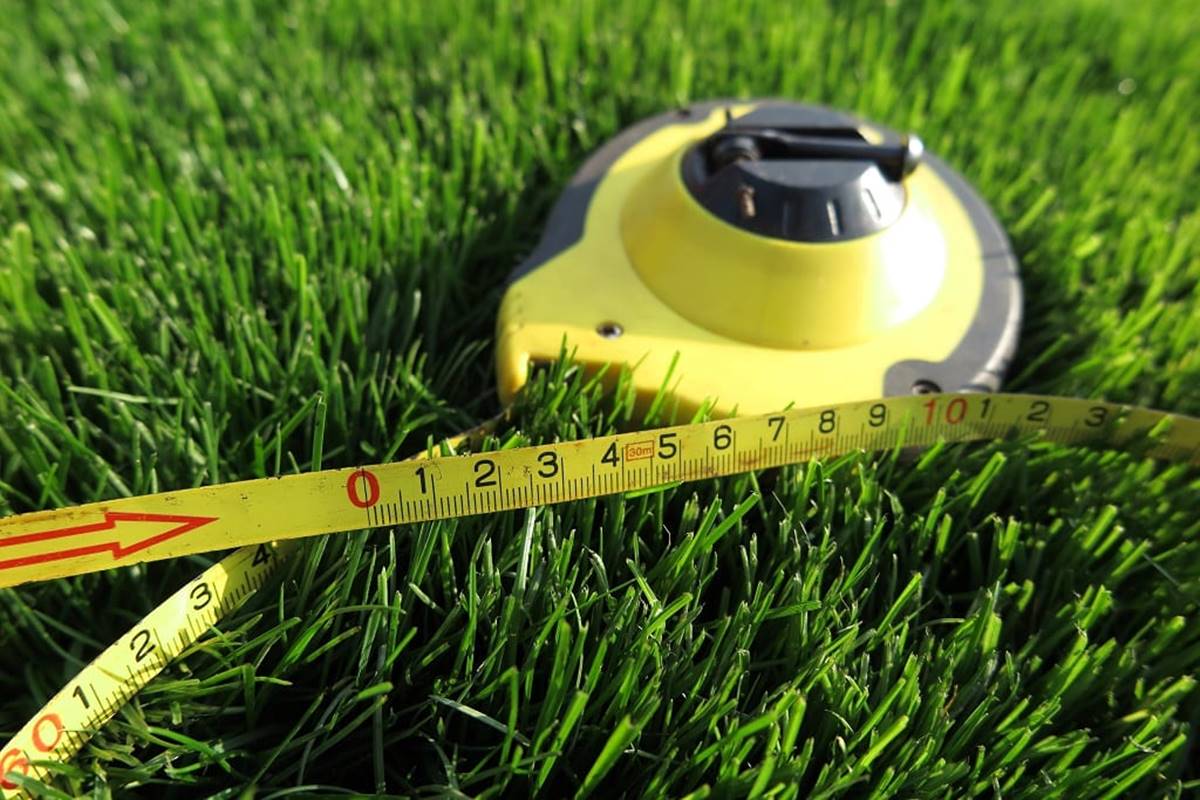
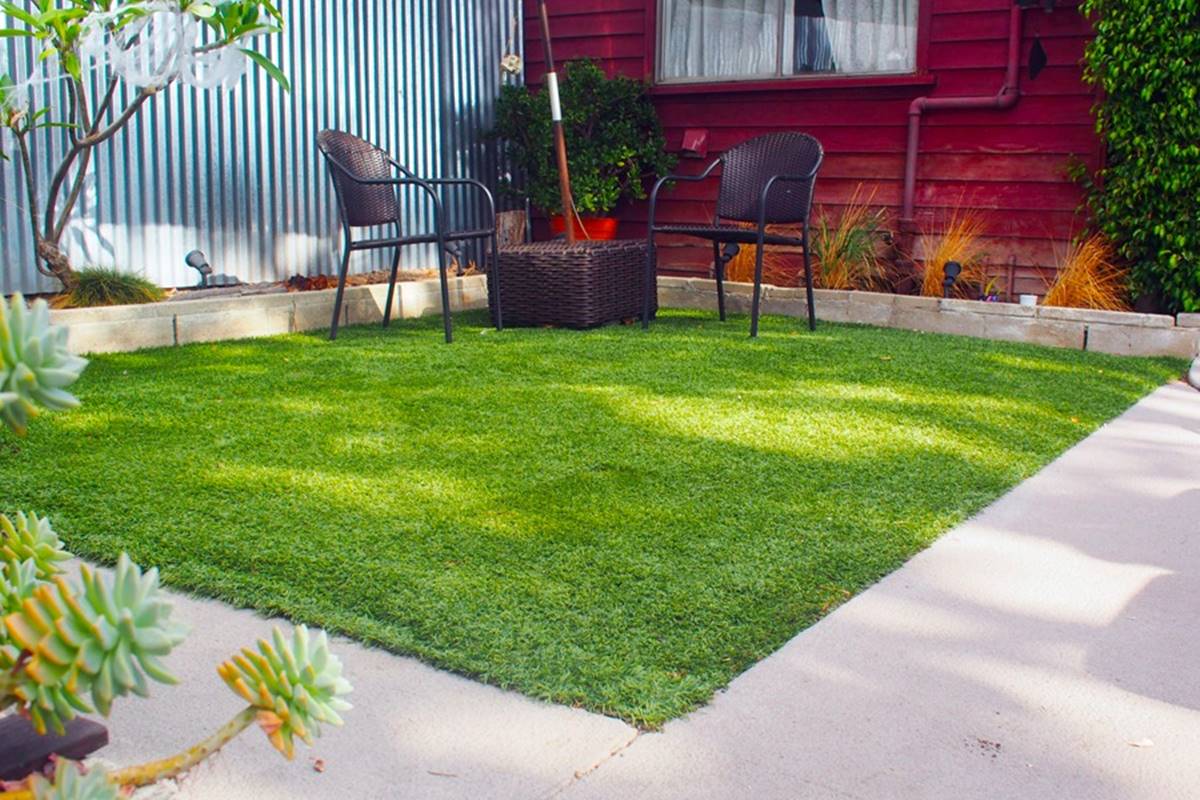
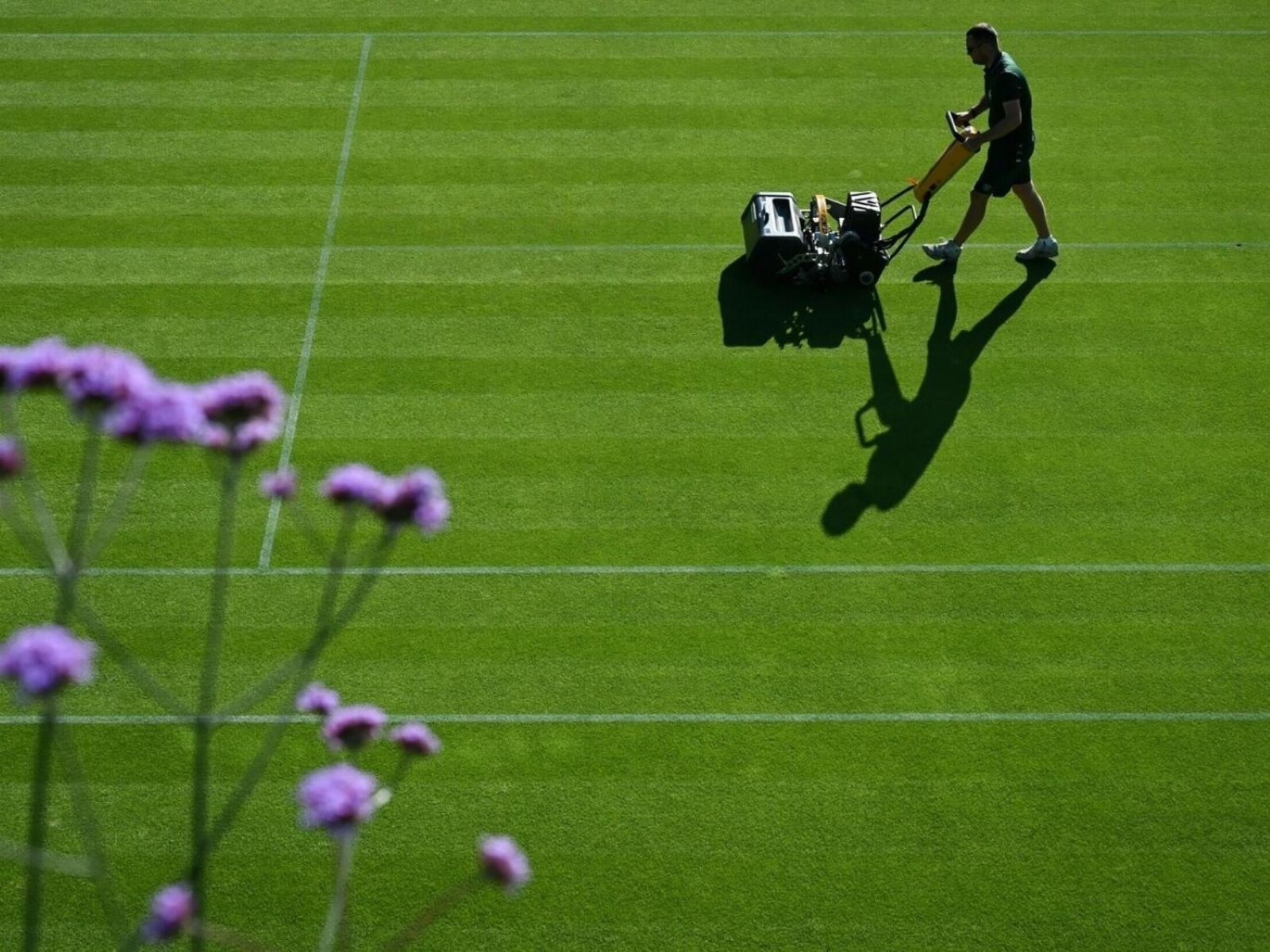
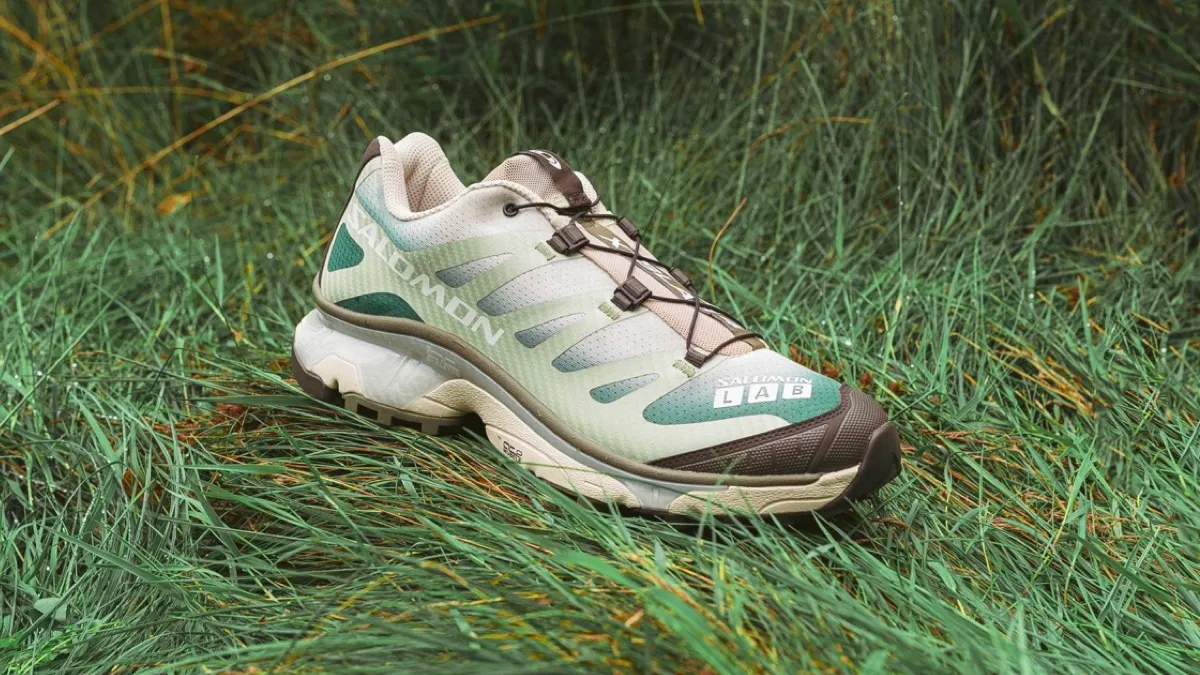
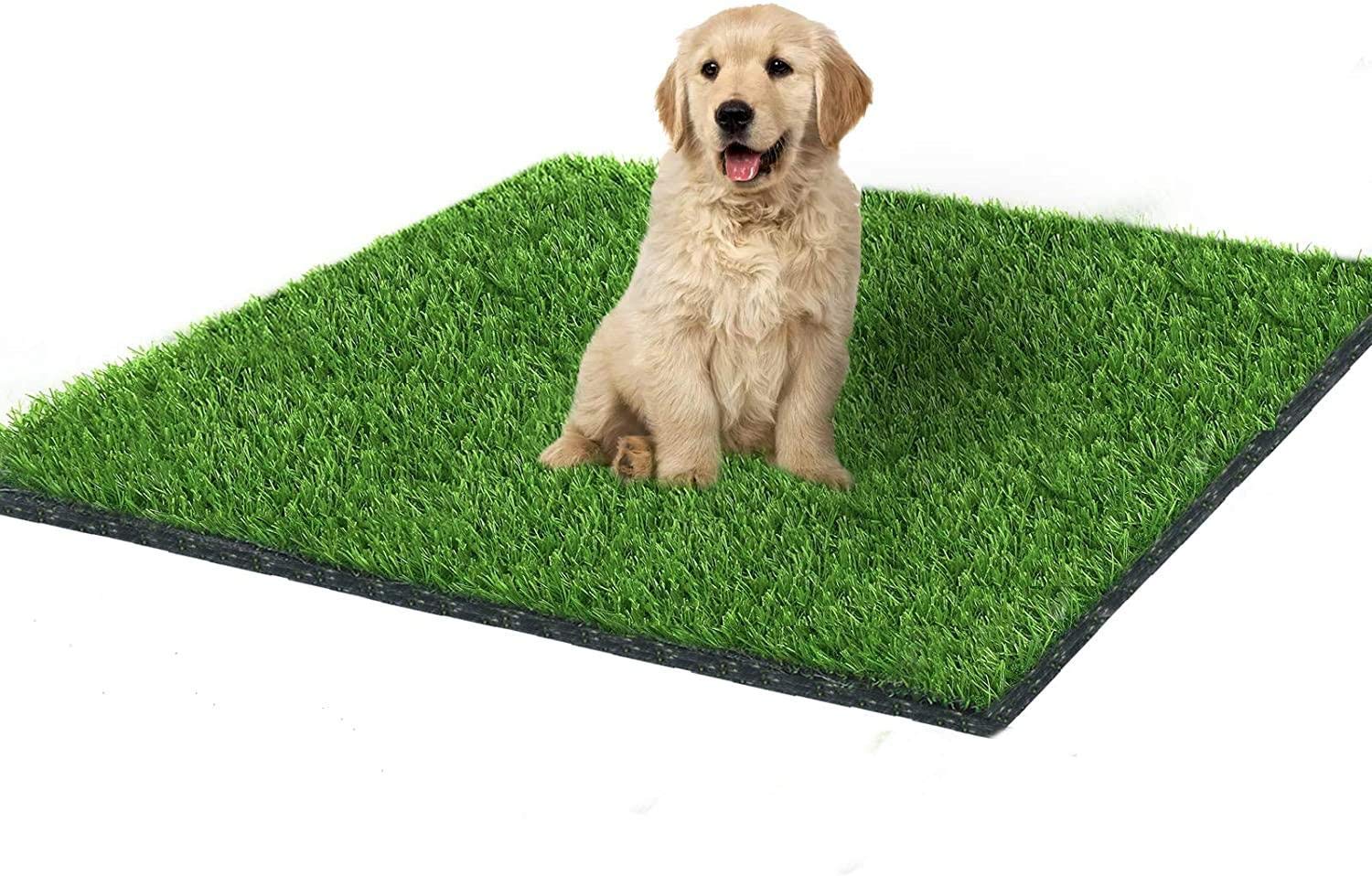
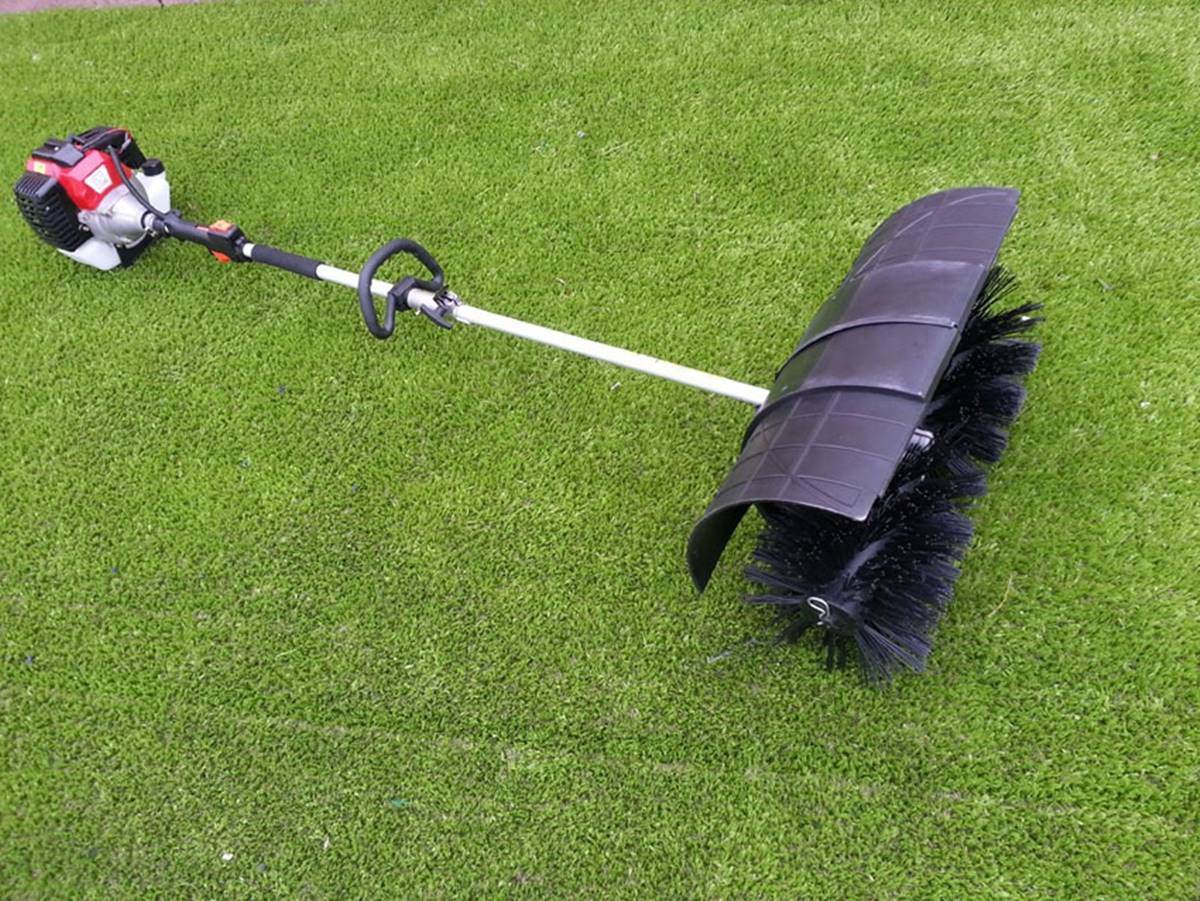
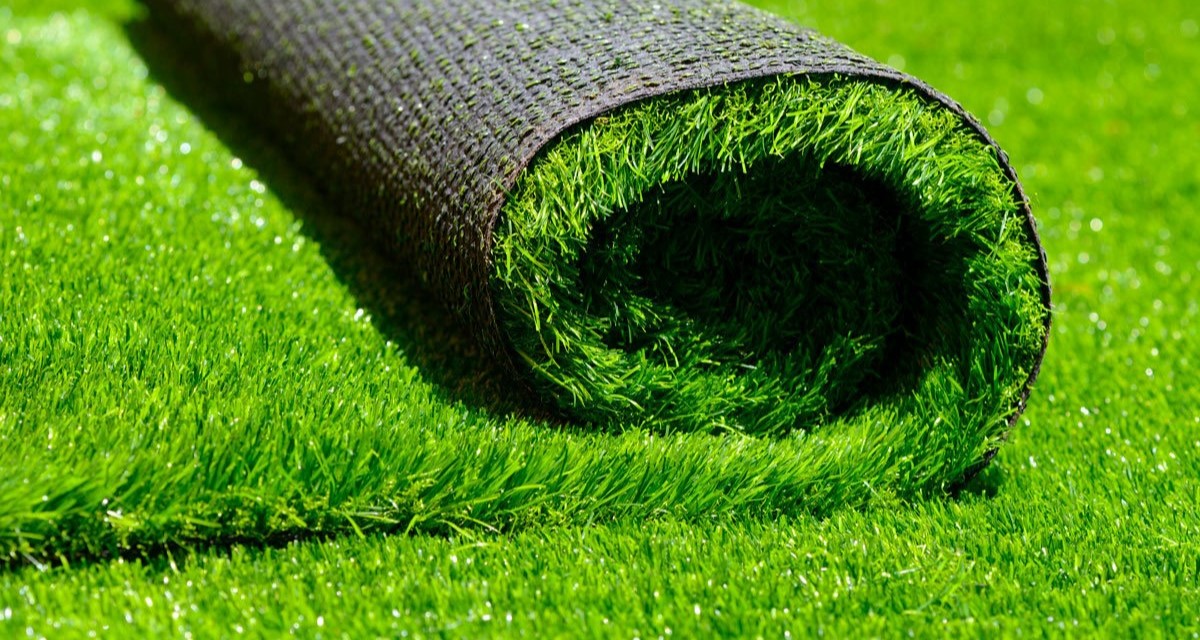
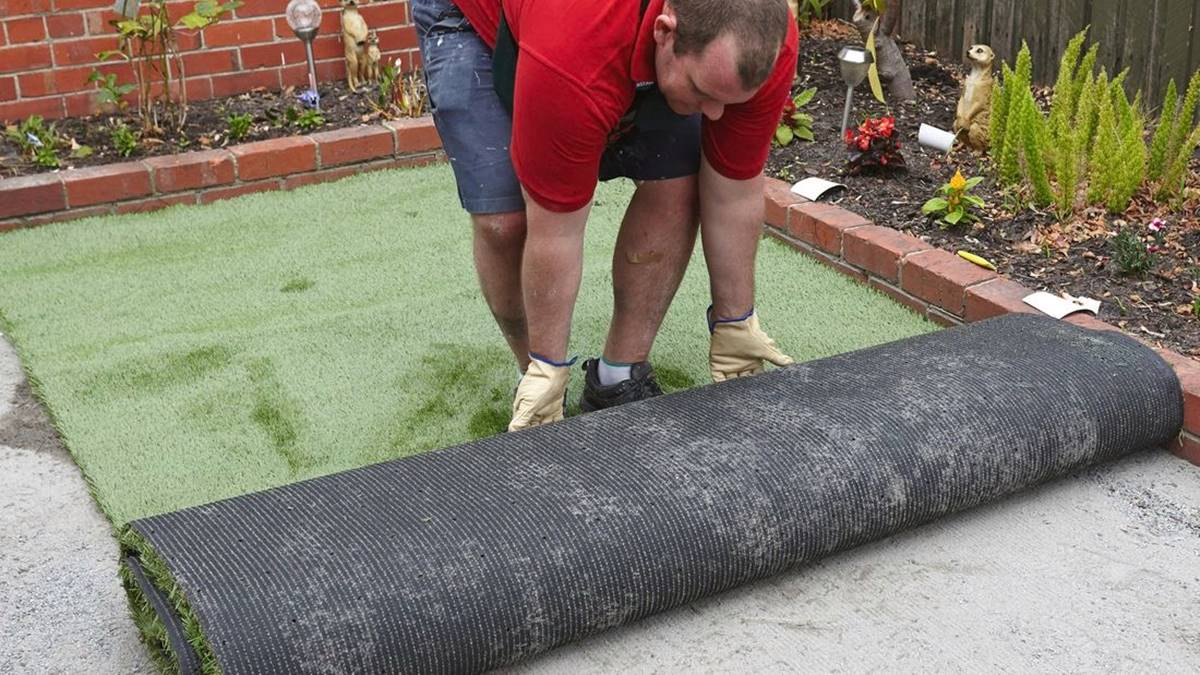

0 thoughts on “How To Clean A Synthetic Grass Tennis Court”